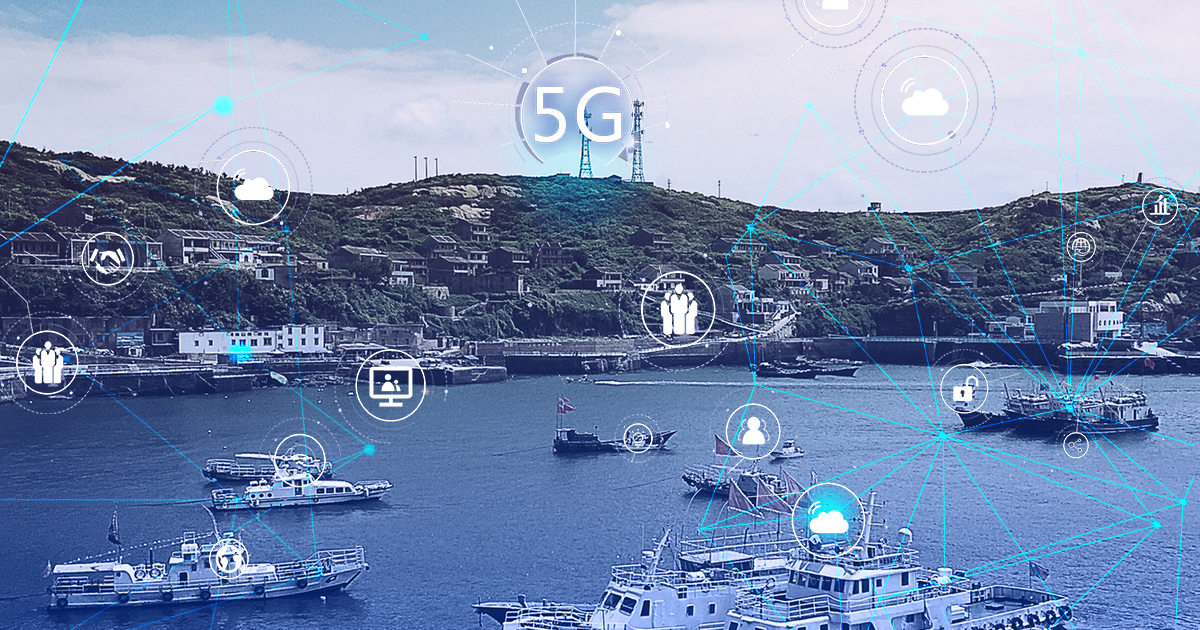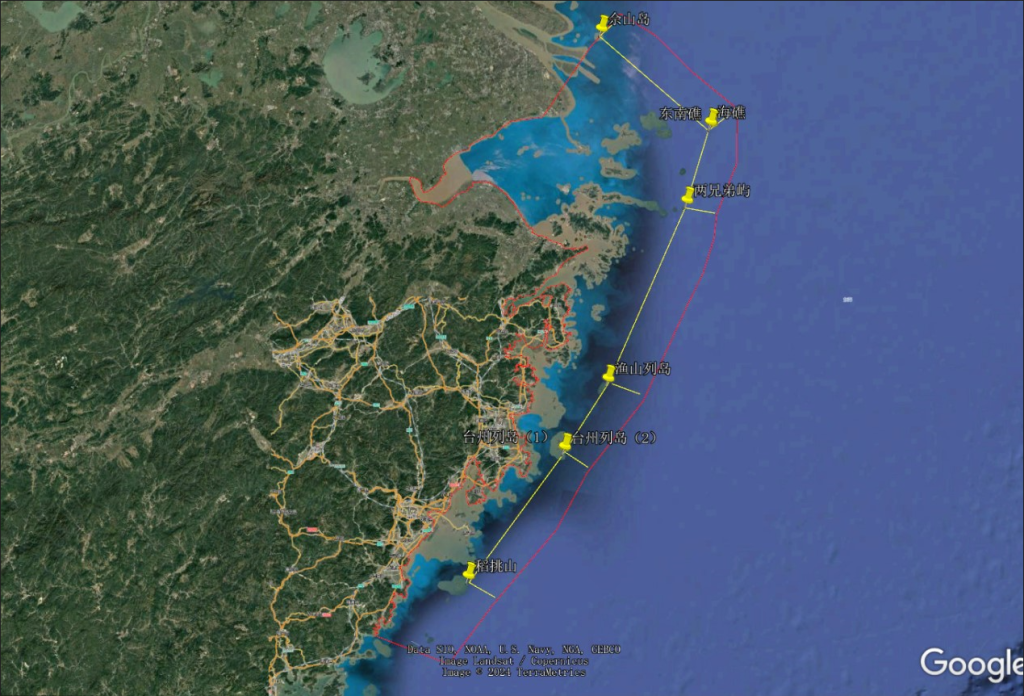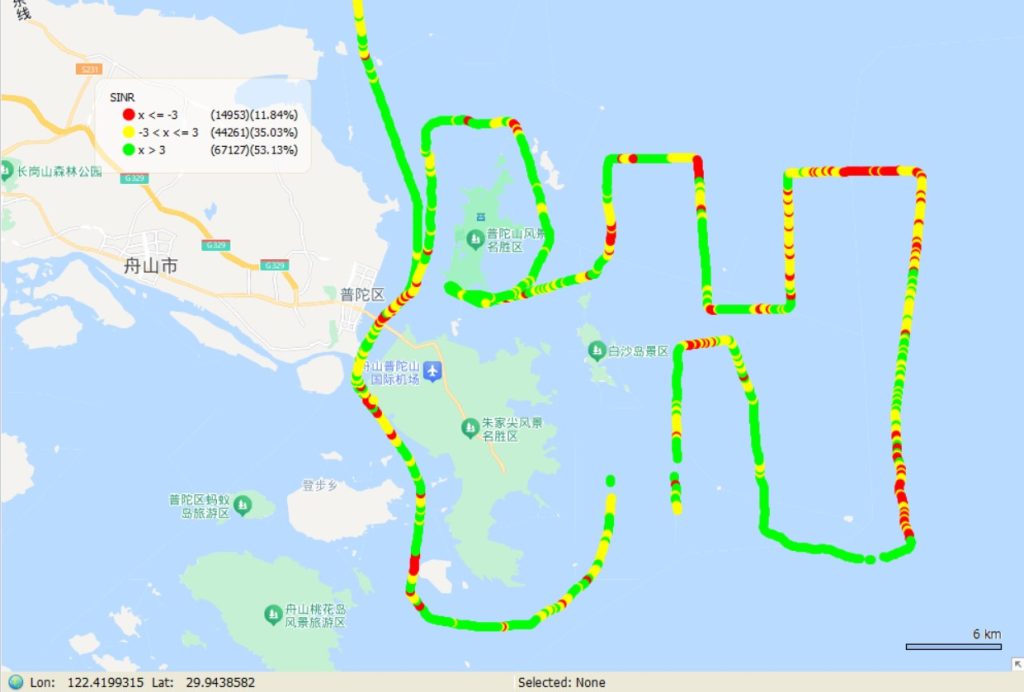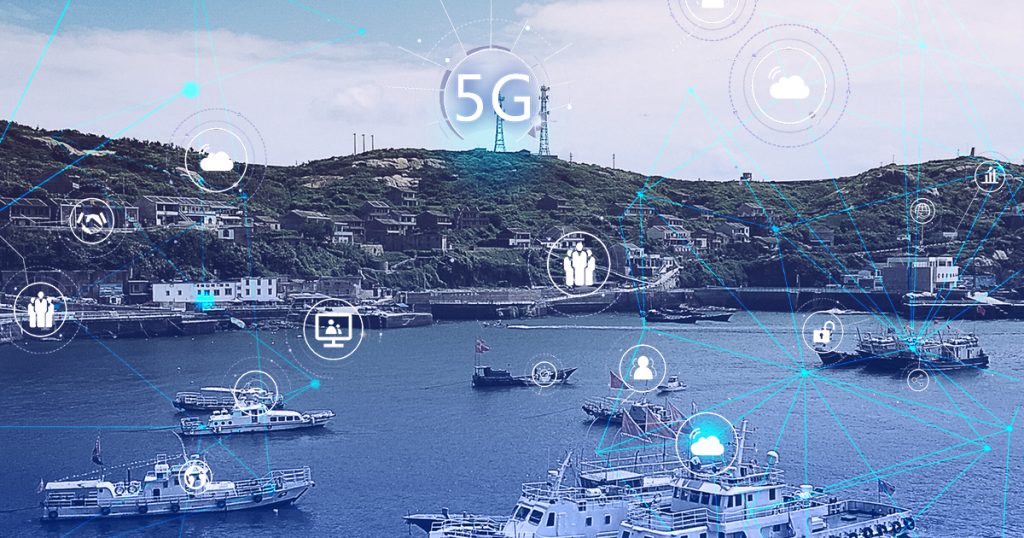Discover our Support Portal, your one-stop destination for accessing essential resources such as brochures, product datasheets, operation guides, and more.
Explore-
Pilot Wireless Network
-
Small Cell
-
Drive Test/Outdoor Test
-
Indoor Test
-
Autonomous Measurement
-
Laboratory Automation
-
Post Processing
-
4G/5G RAN
Dingli's Pilot Wireless Network Solution is instrumental in ensuring seamless signal transmission between base stations and mobile devices. This cutting-edge solution is tailored to improve the performance, reliability, and efficiency of wireless networks, delivering enhanced network quality and user experience.
Read More Find the related productsSmall Cell Test Networks stand at the core of the continuous transformation of wireless communication. They serve as pivotal elements in the expansion and fine-tuning of wireless infrastructure to cater to the ever-growing need for swift and dependable connectivity. Unlike public networks, some organizations, such as smart enterprises or hospital possess heightened demands for network quality.
Read More Find the related productsDrive tests, or outdoor tests, are vital for optimizing 4G and 5G networks. By evaluating network performance in real-world conditions, they provide key insights into coverage, signal quality, and performance, helping operators quickly address issues.
Read More Find the related productsIndoor Network Test Solutions are essential for evaluating and optimizing cellular networks in indoor environments. Designed to tackle connectivity challenges, they ensure seamless performance in spaces like shopping malls, hospitals, offices, residences, schools, and underground parking lots.
Read More Find the related productsAutonomous Measurement leverages advanced tools, software, and processes to assess, monitor, and validate network performance. By replacing or complementing manual testing methods, it streamlines network evaluation, enabling engineers to optimize performance efficiently.
Read More Find the related productsLaboratory test solutions are integral to the development, validation, and pre-deployment stages of 4G and 5G networks, ensuring their robustness and stability before market introduction. Within these controlled environments, network equipment, devices, and software undergo thorough testing to guarantee optimal performance, reliability, and compatibility.
Read More Find the related productsDingli is at the forefront of providing cutting-edge Post Processing solutions tailored for network testing. These solutions are designed to enhance the entire spectrum of network analysis, ensuring optimal performance, reliability, and efficiency. We provide robust software analysis and processing platform for network benchmarking.
Read More Find the related productsOur 4G/5G RAN services are at the heart of digital transformation, offering unparalleled data speeds, reduced latency, and massive network capacity.
Read More Find the related products- Support Portal
- Technical Support
- Training Service
For all your technical support needs, we're here to help. Whether you require support contact information or assistance in accessing our portal, we've got you covered.
ExploreDiscover our comprehensive Training Services, designed to empower you with the expertise needed to proficiently install, deploy, operate, and maintain Dingli products.
Explore- In-Vehicle Network Testing Solution
- NB-IoT/eMTC Testing Solution
- User Experience Testing
- 5G Private Network Solution
- Drone-based Mobile Network Testing
- Multiple Network Benchmarking Test
- Lab Networks Autonomous Measurement
- Precision Indoor Measurement
- VoLTE/VoNR MOS Testing
- In-building/Train/Metro Networks Measurement

Enables seamless smart applications, reliable connectivity, and enhanced driving safety

Cost-effective NB-IoT/Emtc testing solution includes essential measurement functionality, signaling test and enhanced capabilities such as failure alrams and post processing

Measure QoS and QoE for all OTT applications and services

Accelerate digital transformation and improve reliability, efficiency and productivity

Measures and analyzes network performance for low-altitude cellular networks

Verify QoE in 5G networks with a scalable benchmarking solution and ensure the competitiveness of your network

Increase the efficiency of your site verification and accelerate your 5G roll-out

Ensure network quality and end-user satisfaction of wireless networks with professional in-building measurement

Enables mobile voice service provider with a comprehensive, end-to-end solution to ensure better customer experience

Ensure the performance of your 5G network indoors, benchmark your network against competitors

Dingli enhances outdoor network coverage with advanced 4G-5G RAN solutions, bridging the digital gap for urban and rural areas.

Dingli's Private Network Solutions offer secure, customizable, and efficient wireless communication for businesses, enhancing connectivity and operational efficiency.

Dingli's IoT Solutions offer innovative and scalable Internet of Things technologies, enabling smart connectivity and data-driven insights across various industries.

FWA, Fixed Wireless Access, provides high-speed broadband internet via wireless communication, bridging the digital divide in underserved areas.

Dingli excels in Indoor Network solutions, merging 4G reliability with swift 5G speeds for seamless mobile coverage in businesses and public spaces.

Elevator Networks, designed for elevators, uses 5G for high-speed connectivity, real-time monitoring, and seamless communication.
- Resources Library
- Blog
- Video
- Case Studies
- Free Trial
Take a look at our informative resources, providing a concise overview of our products and services, including key features and benefits.
ExploreDive into our informative and engaging blog, where you'll find a wealth of valuable insights, industry trends, and expert perspectives on a wide range of topics.
ExploreDiscover how our products and solutions can work for you with our collection of informative and engaging videos.
ExploreExplore our collection of compelling case studies that showcase real-world examples of successful solutions and implementations.
ExploreExperience the power of our cutting-edge software with a free trial. Try it today and unlock new possibilities.
Explore- About Us
- Contact Us
- Media & Press
We empower telecoms, enterprises, and service providers to build super-efficient indoor and outdoor wireless infrastructure.
ExploreIf you have any questions, need assistance, or wish to get in touch with us, please don't hesitate to contact us. We're here to help!
ExploreStay updated with the latest news, announcements, and media coverage related to our company.
Explore
- Partner Program
- Partner Portal
- Find Our Partners
- Become Our Partner
Partner Program, your gateway to exclusive resources, collaboration opportunities, and tools designed to support and empower our valued partners.
ExplorePartner Portal, your gateway to exclusive resources, collaboration opportunities, and tools designed to support and empower our valued partners.
ExploreDiscover our network of partners, who are essential to our mission of providing top-quality products and services.
ExploreJoin our network of partners and become an integral part of our mission to deliver top-quality products and services. Explore the possibilities of collaboration and growth by becoming our partner.
Explore













